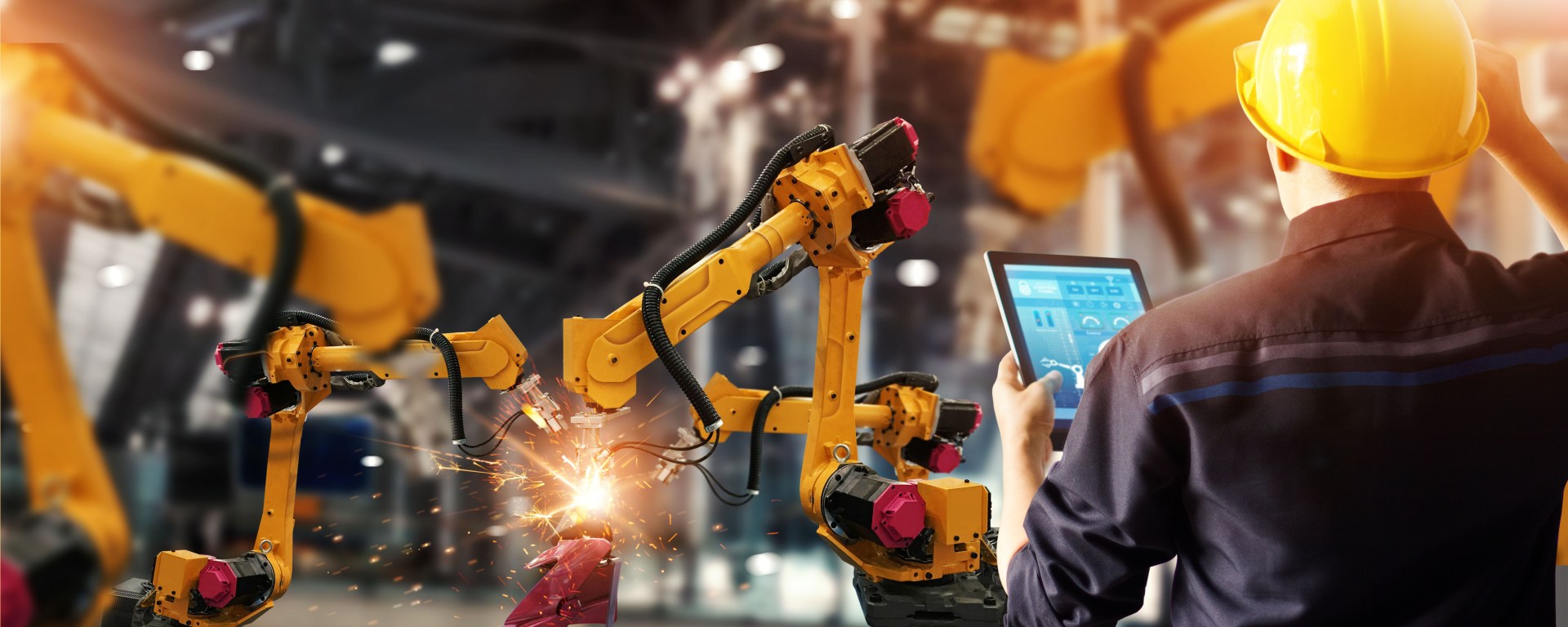The rise of automation and robotics is having a significant impact on the workforce in developed countries. While automation has contributed significantly to GDP growth, it is also predicted to disrupt the labor market, with up to 30 percent of jobs in developed economies at risk of automation by 2035. This impact is most significant for jobs that do not require higher education, with university graduates less likely to see their jobs replaced by robots.
However, not all jobs will vanish, as the rise of cobots allows the combination of the strengths of humans and robots to increase efficiency. In fact, the use of robotics has the potential to increase labor productivity by up to 40 percent until 2035, potentially leading to the reshoring of jobs, especially in manufacturing, as it reduces the burden of high wage costs in developed countries.
The impact of robotics on the workforce is far-reaching, with nearly half of all workers in Japan and a third of the workforce in Germany and the United States needing to move out of their current employment by 2030. To prevent high unemployment rates in the future, lifelong learning will be necessary to allow employees to change career paths later in life. Developing countries face less disruption, as their advantage of the high supply of low-cost labor constitutes a less robot-friendly environment. As per the Statista, the following result shows,
Depending on the kind of jobs an industry is providing, it is more or less affected by the rise of robotics. For example, the workforce of the transport and logistics industry, with its warehouses and delivery workers, is projected to be strongly affected by robotics in most regions, with roughly 70 percent of jobs in the transport and logistics industry in North America at risk of automation by 2030. Jobs with a focus on social contacts, like public and personal services, are less likely to be automated, as human interaction is not easily mimicked by a robot.
In general, more developed economies will be more affected than developing economies due to their industrial makeup. While the implementation of robotics and automation across all industries comes at a cost, the rise of robotics has the potential to double economic growth in developed countries until 2035, as predicted by Accenture. Therefore, it is important to develop strategies to manage the impact of automation on the labor market, including lifelong learning, retraining, and re-skilling.
Source: Statista

